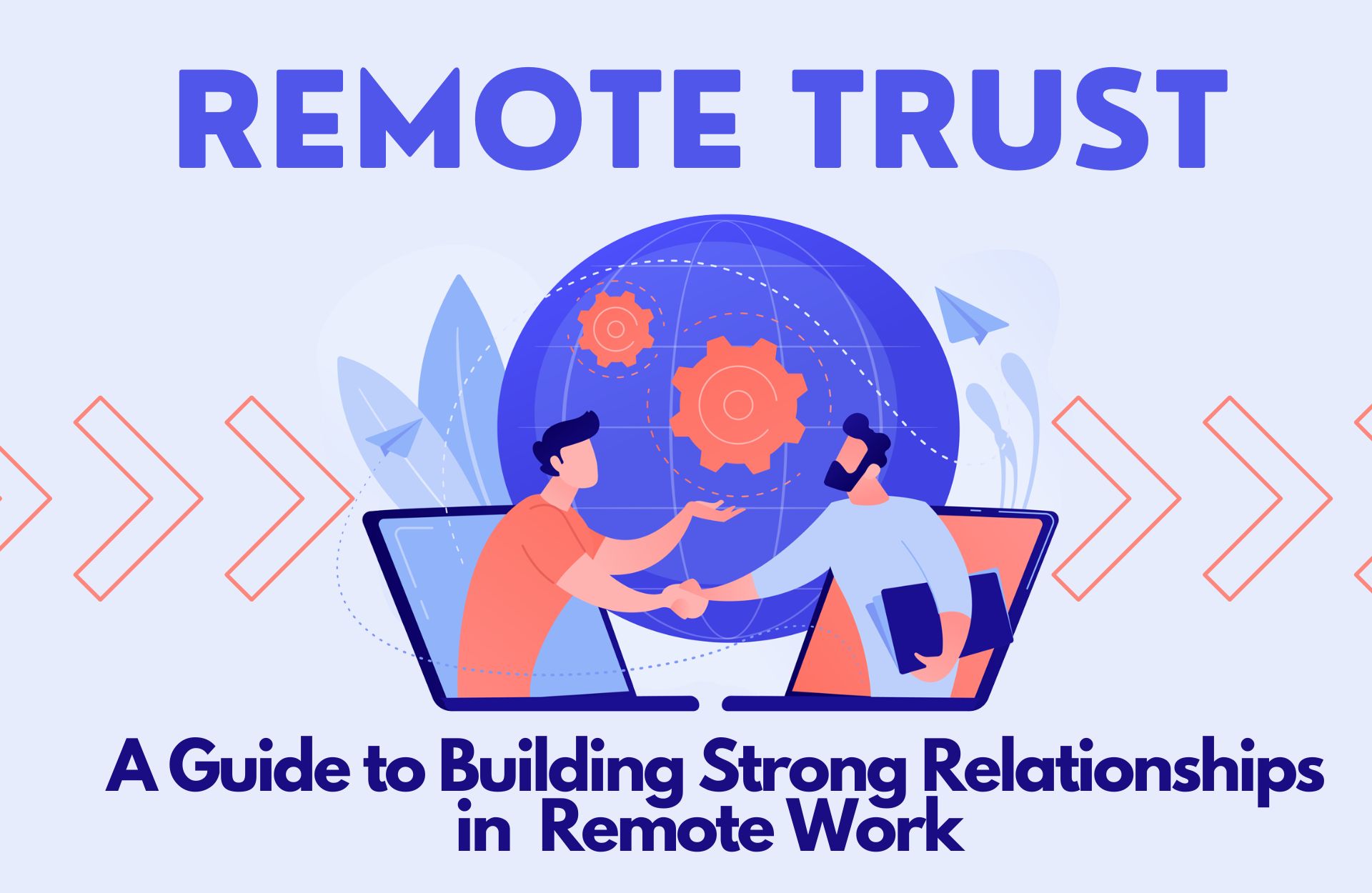As the saying goes, “Adapt or die”, and that’s exactly what’s happening in the workforce with the rise of remote work. Gone are the days of 9-5 office life, as technology and changing priorities have thrust remote work into the spotlight. The pandemic only intensified this shift, with both employers and employees realizing its benefits.
Employers who don’t hop on the remote work bandwagon risk being left behind in the race for top talent. But don’t worry! In this article, we’ll arm you with the tools to prepare for the inevitable future of remote work.
Tips and strategies for employers to prepare for the future of remote work
Employers can either embrace the remote work revolution or be left behind in the dust. By proactively addressing the challenges and capitalizing on the opportunities, they can turn a “future of work” pipe dream into a thriving reality. And with a little strategy and the right toolbox, they can craft a remote work environment that benefits both employees and the company.
Develop a remote work policy
If you want to sail smoothly in the uncharted waters of remote work, it’s crucial to chart your course with a well-defined policy. Don’t just jot down any random guidelines, but create a comprehensive roadmap that covers all the nitty-gritty details of teleworking – from communication, to productivity, to security and everything in between. Make sure to rope in your employees in this exercise, so the policy reflects their needs and concerns, not just yours.
Useful resources: How To Create a Policy For Working Remotely
Invest in technology and tools that support remote work
With remote work here to stay, employers need to put on their tech-savvy hats and embrace the digital tools of the trade. It’s time to upgrade from the dusty old intercom and embrace the future with video conferencing, project management software, and other essential gadgets that’ll make remote work a seamless experience. Don’t be left behind in the remote work revolution!
Provide training and resources for employees
Remote work requires a shift in thinking and skill-set, or else it’s just a different location for the same old grind. Employers need to equip their telecommuting troops with the necessary training and resources to navigate the uncharted waters of remote work, from mastering the technology, to effectively managing their time and communicating with the home-office. After all, a successful remote work experience starts with a well-prepared crew.
Foster a culture of trust and communication
Working remotely can be a lonely and disorienting experience if left unaddressed. Employers have the power to quash the “out of sight, out of mind” mentality by fostering a culture that values trust, open lines of communication, and regular check-ins. This helps remote employees feel like they’re part of the team, rather than marooned on a digital desert island.
Manage remote teams and monitor productivity
Employers need to “tighten their ship” and ensure their remote teams are “rowing in the same direction,” so to speak. That means setting up strict processes and procedures to keep everyone on track, with measurable goals, frequent check-ins, and progress-tracking tools. No longer can employers just “hope for the best” and trust their remote teams to simply “figure it out.” It’s time to get proactive and ensure success, both for the team and the organization as a whole.
Useful resources: Essential Tools for Managing a Remote Team
Related articles: How to Lead and Motivate a Remote Team
Balance flexibility with structure
Balancing the scales of freedom and structure in remote work is a delicate dance, but one employers must master if they hope to ensure their teleworkers don’t go rogue. Offering flexible hours can be a boon for employees, but without clearly defined goals, timelines and deadlines, it can quickly devolve into a Wild West of unstructured workdays. Employers must find a way to strike a balance between the two, striking a chord that provides the best of both worlds – the benefits of telecommuting with the accountability of a traditional office environment.
Potential challenges and how to overcome them
Maintaining company culture and employee engagement
Challenge: Working remotely can lead to a disconnect from company culture and lack of engagement among employees.
Solution: Holding virtual gatherings is the new “water cooler talk” for remote teams. Make it a priority to keep remote employees connected, engaged, and entertained with virtual events and digital tools. Embrace the technology and create opportunities for remote teams to bond, whether it be over work or play. Let’s face it, who doesn’t love a good Zoom call anyway?
Ensuring data security and compliance
Challenge: Working remotely increases the risk of data breaches and compliance violations.
Solution: It’s time to ramp up those cyber-security protocols and get remote employees ready to battle the virtual world of data breaches and hacking attempts. Arm your remote warriors with training on the latest data security best practices, and conduct frequent security checks to ensure they are battle-ready. Remember, an ounce of prevention is worth a pound of cure in the digital arena!
Useful resources: Best Practices for Working from Home and Remotely
Managing employee burnout and isolation
Challenge: Working remotely can lead to feelings of isolation and burnout among employees.
Solution: Don’t let your remote workers become work-life imbalanced robots! Encourage them to take a break, recharge their batteries, and hit the ‘refresh’ button. And if they ever feel like they’re drowning in work, have life rafts ready in the form of employee benefits and mental health support.
Meeting the needs of remote employees in different time zones
Challenge: Managing remote teams with employees located in different time zones can create communication and coordination difficulties.
Solution: When it comes to remote work, effective communication and collaboration is key. So, let’s synchronize our virtual calendars, establish some strict yet flexible protocols, and make sure we’re all on the same page… or time zone, rather. After all, the beauty of remote work is being able to work from anywhere, but it also means catering to various time zones and schedules.
Conclusion
In conclusion, the Future of Remote Work is like a ship that’s setting sail, and employers must be the navigators charting the course for success. They must be proactive in developing a remote work policy that outlines expectations, guidelines, and procedures, and invest in the technology and tools necessary for seamless communication and collaboration. The right strategies and tools will help create a work environment that benefits employees and the organization as a whole. But let’s not forget, remote work also comes with its own set of challenges, like trying to find an outlet in a foreign country to charge your phone. Employers must be aware of these challenges and develop strategies to overcome them, such as fostering a culture of trust and collaboration, ensuring data security and compliance, preventing employee burnout and isolation, and accommodating different time zones and work schedules. By taking these steps, employers can remain ahead of the curve and stay competitive in the ever-evolving job market.





